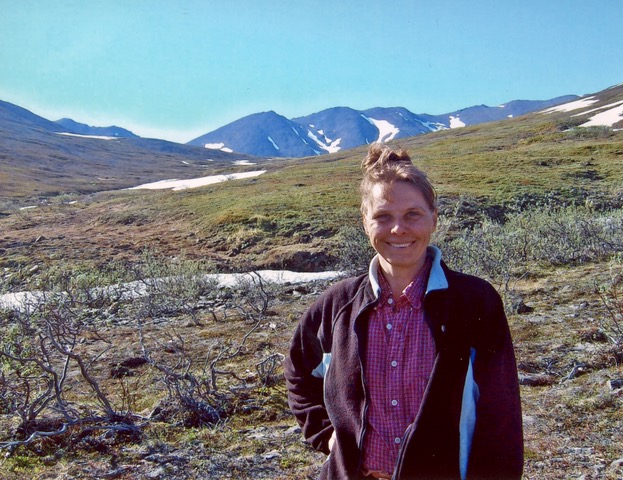“Writing about your own life should feel a bit like taking your clothes off in front of strangers or saying things you would normally only tell a close friend.”
This insightful advice was given to me by an author who kindly read my early draft for my nonfiction book, a collection of short stories about my adventures in Alaska. The author had already successfully published several books, so I trusted his advice.
My idea as an emerging writer was to describe the most beautiful places I had experienced in wild Alaska and report on them from a more observational point of view. I just wanted to record my exciting discoveries and not explain myself.
I felt strong resistance to following his advice, like trying to swim against an incoming tide. I was stuck in a swampy place, tippy-toeing around on dry nonfiction ground and mucking around in juicy memoir. I soon became lost and doubted I would ever want to publish my first book. Or maybe I should? Frustration set in because it felt darn scary to put my feelings and thoughts out there for the world to know. Should I reveal my inner feelings? “Come on, Anette, you are not getting fed to a pack of starving wolves!” I tried to calm myself.
How will I connect with the reader? Words have meaning, and I don’t know of any other profession where I’ve felt so vulnerable because someone will heartlessly judge me on what I have to say. I might even hurt someone’s feelings or make lifelong enemies.
I was educated as an acrylic painter and graphic designer; no offense was taken, either people hired me for my artistic style or not. When you bring forward the drawn-out gist of your personal life, the reader often might find a suitable lesson and value to take away from it. But I do not think it is always needed to tell a great story. Hudson Stuck, for example, narrated his adventures in the third person. I read two of his books: Ten Thousand Miles with a Dogsled and Ascent of Denali.
Excerpts from Ascent of Denali:
Preparation and Approach
In the exercise of his duties as Archdeacon of the Yukon, the author has traveled throughout the interior of Alaska, both winter and summer, almost continuously since 1904.
The Ultimate Altitude
Walter, who had been in the lead all day, was the first to scramble up; a native Alaskan, he is the first human being to set foot upon the top of Alaska’s great mountain, and he had well earned the lifelong distinction. Karstens and Tatum were hard upon his heels, but the last man on the rope, in his enthusiasm and excitement somewhat overpassing his narrow wind margin, had almost to be hauled up the last few feet; and fell unconscious for a moment upon the floor of the little snow basin that occupies the top of the mountain.
I’ve enjoyed Stuck’s unassuming way of describing his adventurous life in Alaska, especially considering the feat of climbing Denali in his raw woolen clothing at fifty years of age. I could easily identify with him and the subject matter in his stories. Stuck was such a likable character to my husband and me that we named our first-born son, Hudson, after him.
Some benefits and reasons for writing in the third person include the following: The third-person point of view allows the author to maintain an objective, unbiased tone if needed. The experiences can be presented as they happened, without the filter of opinion or emotion.
Perhaps I should give it a try and share some of my highlights in the third person:
“She left her native Germany at age twenty-five and hitchhiked up the Alcan till she hit the end of the road with only a handful of cash. Her life had fallen apart as a child, and she had been haunted by a longing for the wilderness ever since. Sooner than later…”
…the author will get her cold feet.
German-born Anette Coggins held a fascination with Alaska ever since reading Wildernesses of the World—Alaska as a youth. Fresh from school with a degree in design, Anette set off for the land of her dreams with just a handful of cash in her pocket. Follow along with the author as she steps into a foreign country and learns to survive with just her wit and desire for adventure in her upcoming memoir: Beyond the Wild Horizon. Through her no-fear way of handling life, the author makes her way through first Alaska and later Arizona on foot, on boat, with a mule and by plane while making life-long connections and experiencing once in a lifetime adventures.

